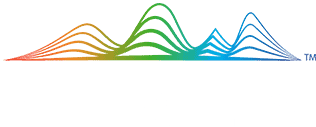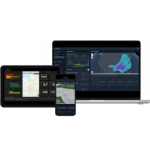The Federal Register published the final part of PHMSA’s Gas Mega Rule. But don’t worry, we’ve got you covered.
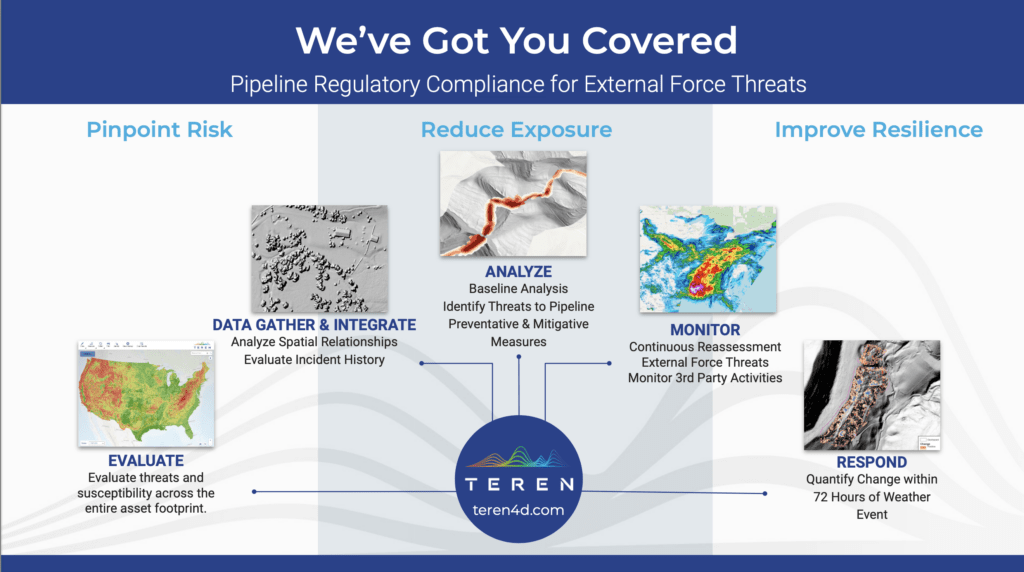
When new regulations drop, technology and service providers are quick to offer new ways to efficiently spread already-thin resources to meet new pipeline regulatory compliance requirements. Operators’ phones are likely ringing off the hook with sales calls right now.
But at Teren, we like to take a more strategic and holistic approach. We’re playing the long game in helping our clients not only manage risk but also build resilience over time. And to do that, we’ve been preaching what’s included in the new regs for quite awhile.
In short, our customers are covered when it comes to new (and old) regulations and we’ll explain how in the blog below.
Teren for Pipeline Regulatory Compliance
External force threats have always posed a significant risk to America’s infrastructure. To best identify, understand, and manage these threats, operators need a solid foundation of spatial data analysis, environmental science, and rapidly advancing sensor technologies.
Requirements detailing the criticality of this foundation are outlined in the Gas Mega Rule 49 CFR 92 (parts I, II, and now III), 49 CFR 195, and multiple PHMSA advisory bulletins. River crossings, seismic zones, and subsidence from any number of causes–changes in vegetation, karst, or soil instability–have applied external loads on pipelines for decades. Acknowledging and designing for these threats have long been mentioned in codes such as ASME B31.8s.
Threat Identification – 49 CFR 192.917(a)
Identify and evaluate all potential threats to each covered pipeline segment.
Teren directly supports threat identification by providing an “outside in” approach, right-of-way integrity management, that compliments the “inside out” approach of traditional integrity management. Leveraging remotely-sensed data, we monitor your right-of-way for changes to land, hydrology, vegetation, weather, subsidence, erosion, and other natural force threats.
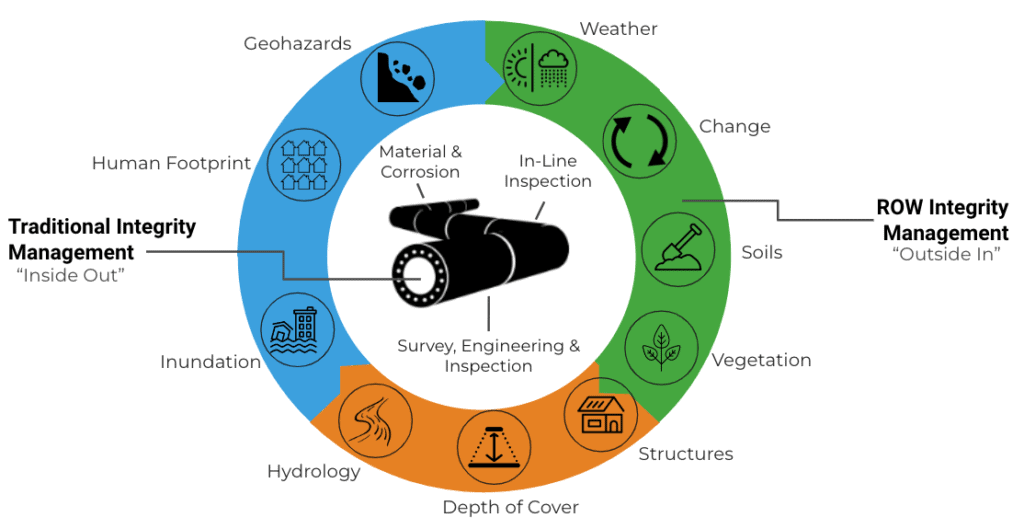
Data Gathering & Integration – 49 CFR 192.917(b)
Gather and integrate existing data and information on the entire pipeline.
Data Gathering: Teren collects and processes remotely-sensed data, weather, and other commercially available data to develop a digital twin of the right-of-way. Teren’s processing of your pipeline integrity data is used to build digital terrain and surface models include hydrology, vegetation, structures, and elevation.
Data Analysis: Teren’s team of experts then analyze the data via modern data science methodologies to identify and quantify distinct threats in your right-of-way. Those threats are then summarized to your centerline.
Data Integration: Additionally, Teren linear-references data to integrate it into risk management, integrity, and other systems to analyze the spatial relationships between external force threats and past incidents, corrosion, and other anomalies. Measuring potential geohazards over time with machine learning and geoscience is a game changer for pipeline geohazard prediction and prioritization.
Extreme Weather – 49 CFR 92.613 and 195.414
Operators must inspect pipelines within 72 hours of extreme weather events and natural disasters.
No one else can mobilize collection and deliver analytics after extreme weather as quickly as Teren. Operators use Teren to mobilize fixed-wing LiDAR data collection to assess the right-of-way immediately following extreme weather. We then return an initial assessment of the right away within 72 hours, and provide a detailed analysis noting changes to the environment within 5 days.
Risk Assessment – 49 CFR 192.917(c)
Operators must conduct a baseline risk assessment and use the risk assessment to prioritize areas that need continuous assessment.
Teren’s systematic approach from threat identification through responding to weather events enables baseline risk assessment and prioritization of areas that need mitigation. Additionally, Teren clients continuously assess the right of way on intervals relevant to their environment.
Teren’s Systematic Approach
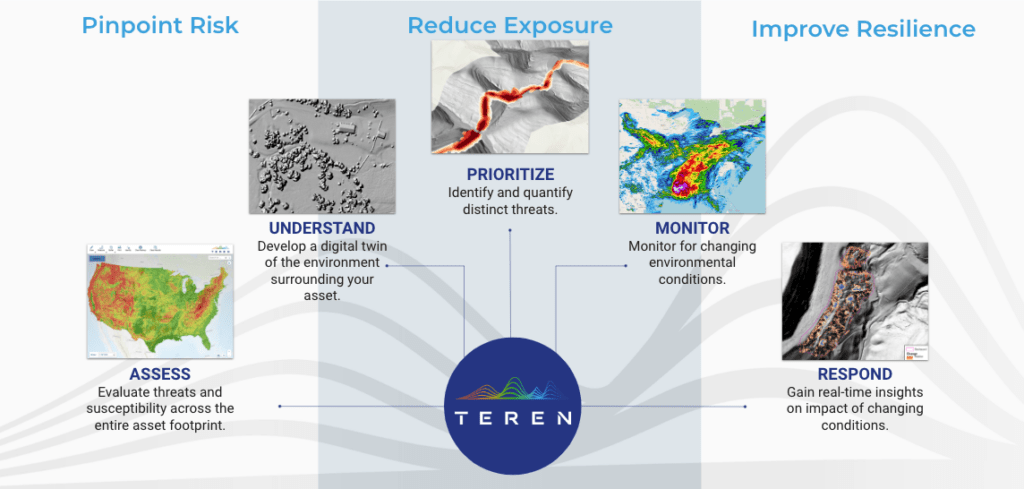
How do we do it?
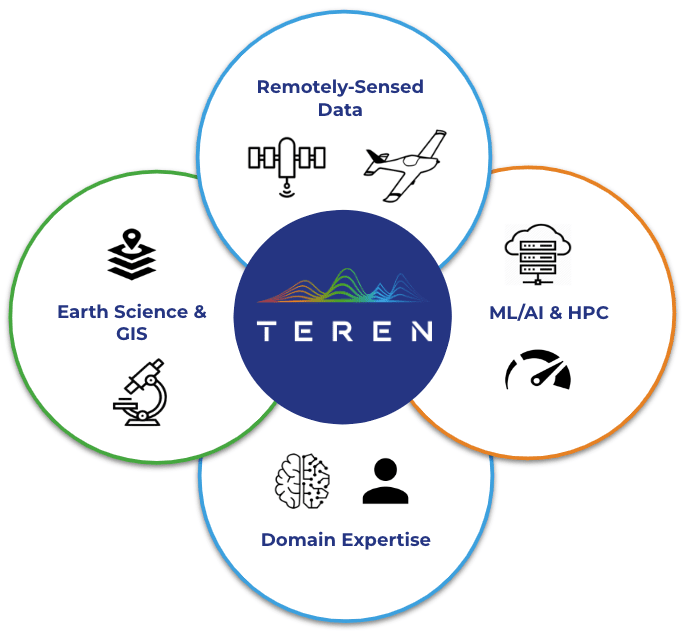
We blend the plethora of available resources to define the landscape, then work with you to develop a systematic approach that meets your business objectives (in addition to regulations).
We integrate remotely-sensed data, IoT (internet of things), and people – and our data directly feeds into probabilistic and quantitative risk models – to focus resources where they are needed, at the time they are needed.
Damage Prevention – 49 CFR 192.917(e)
Determine the susceptibility of each covered segment to the threat of third party damage. While Teren certainly can’t predict when a backhoe will strike, we can provide pipeline depth of cover analysis to understand shallow cover and identify dig locations. Our encroachment analyses identify where structures may impact your asset or where vegetation crews are needed and likely to be working.
Summary: We’ve Got You Covered
Our clients follow our systematic approach to threat identification, management, and monitoring and (put simply) they aren’t really concerned about the new regulations as a result.
Not only can they identify threats, including weather and external forces, they can also take action to prioritize, mitigate and monitor those threats over time. With all data linear-referenced to their asset, it is immediately integrated in GIS, integrity and risk management systems which checks additional regulatory boxes. Teren’s customers also leverage value-rich datasets like LiDAR to understand land movement, vegetation, and human encroachment.
But our clients don’t follow this approach just to be in compliance; it also makes good business sense.
Leaders within pipeline companies love Teren because our data spans more than a single department providing value across the organization.
We keep you in compliance, we provide an efficient, systematic approach, and we deliver great value across your enterprise.
Let’s get started.
Teren’s approach also meets recommendations outlined in the PHMSA Advisory Bulletin on earth movement.
To learn more about Teren’s approach to systematic threat identification and monitoring please schedule a meeting, contact Teren or visit our website.
We’re looking forward to working with you.

